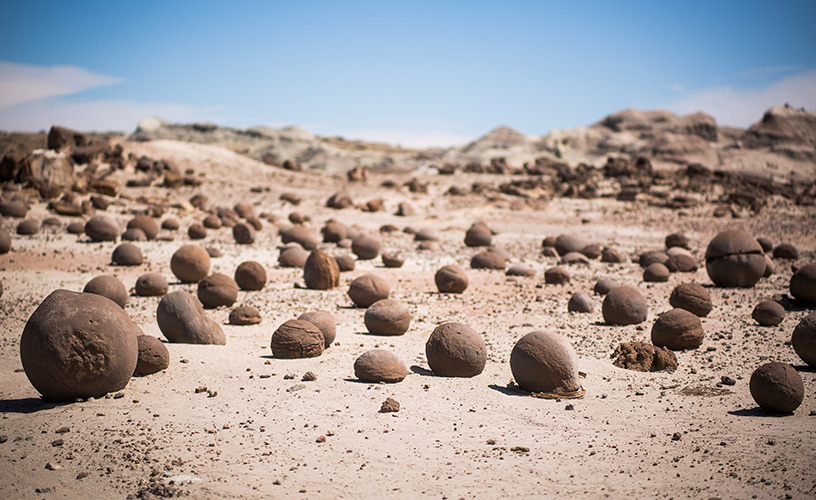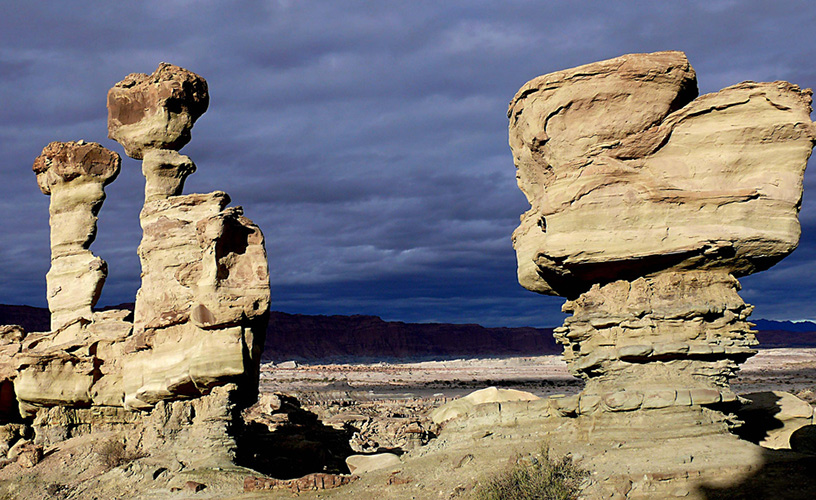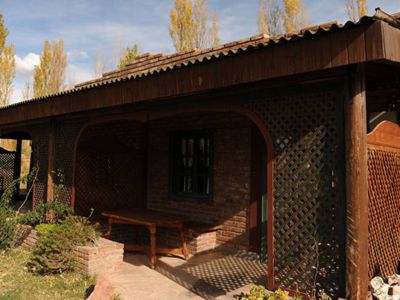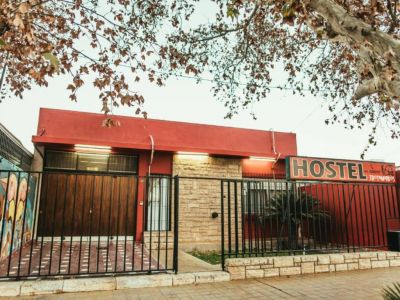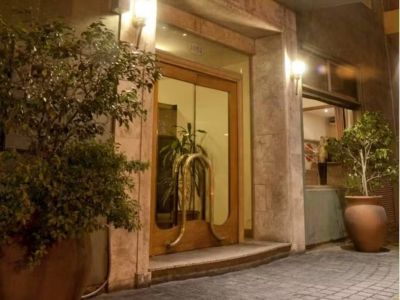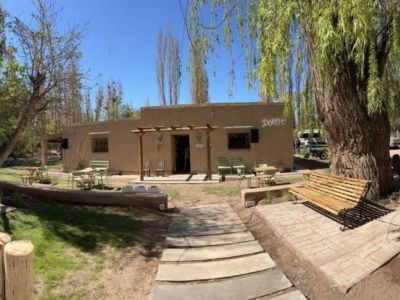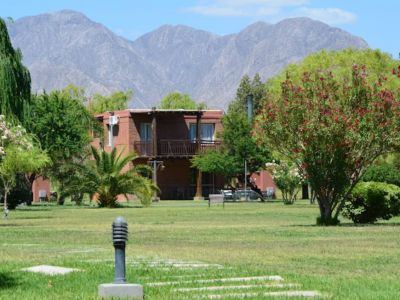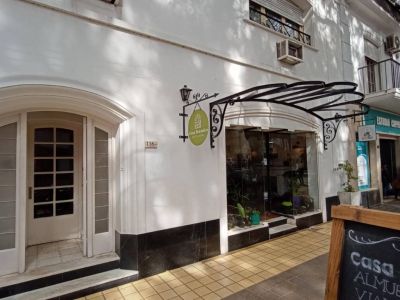Ischigualasto Provincial Park is located 273 kilometers away from the capital of San Juan. It is better known as Valle de la Luna (Valley of the Moon).
The shortest route from the City of San Juan to reach this place starts at Route 40 towards the north up to the District of Huaco, and from Huaco along Route 150 up to Valle de la Luna.
Featuring several tunnels and bridges and inaugurated in October 2014, this stretch of Route 150 is one of the most picturesque roads leading to this eye-catching site.
It is worth mentioning that the period between the formation of the planet and today has been divided into "eras” and "periods", the same way time is divided into in years and days. The first period of the Mesozoic era is the Triassic and it goes from 250 to 200 million years. Back then all the continents were joined in one mega continent called Pangea. During the Triassic period, on the west side of Pangea, some valleys were formed where sediments mixed with animals and plants remains accumulated.
As things from our childhood are kept in a chest, Ischigualasto has kept things from those times. Millions of years later, different movements and collisions of the tectonic plates have revealed those valleys that were covered by thousands of meters of younger rocks. As if a chest were opened, the Ischigualasto basin tells the story of what happened back then on Planet Earth.
Around the Valley of the Moon
After leaving the entrance of the park, we began to line up together with other tourists visiting the place. A local guide was in charge of showing and explaining the different aspects of the park.
No one would have thought that a huge lake surrounded by lush vegetation, where a great variety of plants grew and an incredible amount of animals prospered, would be a desert today with very little rain, strong winds and high temperatures. Luckily, not everything is gone. Traces of ancestors have been discovered step by step. Traces of vegetable and animal life can be found giving tourists a chance to know and study the origin of life on this planet.
When visiting the place we saw how the combination of water and wind erosion carved different silhouettes day after day. Man looks for meaning and compares them to familiar shapes.
When going for a ride along the road, formations like "The Worm", "Painted Valley", “The Sphinx”, “The Bowling Field”, “The Submarine”, “The Mushroom” and the “Red Ravines” can be found. The landscape is wonderful and breathtaking for tourists from all over the world that come to San Juan to enjoy this pre-historic treasure.
Today the constant work of erosion on the clay layers reveals fossilized remains of vertebrates and flora from the Secondary Era. This makes it one of the most important paleontological sites in the world. In fact, it was declared a Natural World Heritage by UNESCO.
The well-known dinosaurs, a great variety of reptiles and petrified trees were discovered intact, thanks to a fundamental factor for their preservation in Ischigualasto.
The formation of the “Painted Valley” was due to torrential rains that flooded the plains creating a great amount of mud. The mudslide buried in its path animals and plants and protected them from the decomposing process caused by the air in the atmosphere. Today this spot offers an indescribable lunar landscape after which the park has been named.
Another place that caught our attention was the “Bowling Field”. This place has different perfectly polished spheres made of the same material as the soil, placed on a flat surface and there is no explanation to their formation. It seems that through molecular attraction different particles of sediment were grouped together which created these balls. They can only be watched. It is not allowed to touch them.
When visiting Valle de la Luna, we could spy on the past of Planet Earth while surrounded by a dream-like landscape.
Before leaving, we went into the Interpretation Center that explained the development of the Museum of Natural Sciences belonging to the National University of San Juan, where we could appreciate different dinosaur fossil remains found in the park, particularly the Herrerasaurus Ischigualestensis, considered to be one of the most primitive dinosaurs in the world. We suggest not missing this place.
Marcelo Sola
Gentileza Ischigualasto.gob.ar
Contact of the excursion or tour
Money Tur
Santa Fé 202 (O), San Juan, San Juan, Agentina
Phone: +54 264-4201010
